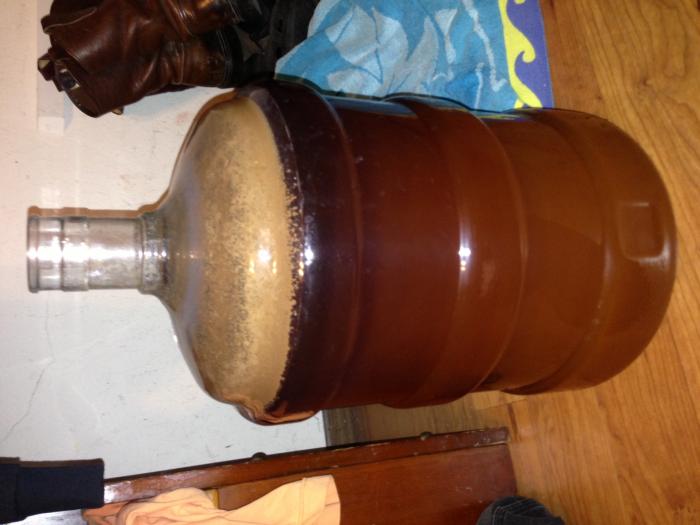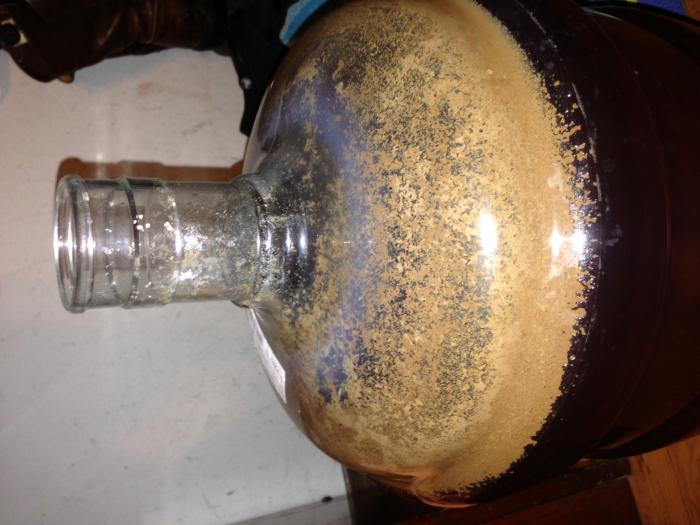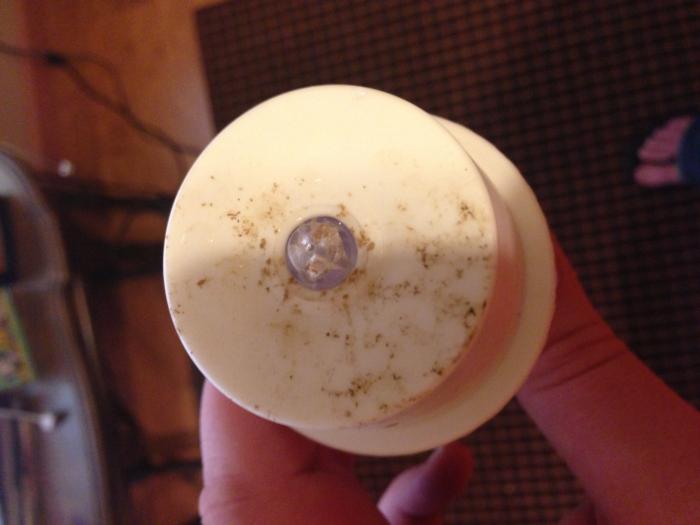Hello!
My name is Pat from Temple, TX by Austin. My father in law and I brewed a batch of English Ale with an extra pound of honey in it two weeks ago. We are excited about bottling tomorrow, but I have one concern ..
My beer smells like fruit/wine! When I take the airlock off it smells like I opened a bottle of wine or some sort of fruit flavor when I smell it!
We are brewing in a 5 gallon plastic carboy. We used cleanatizer religiously throughout the whole process but I am afraid it could have gotten contaminated somehow? There is a brown crust lining the top of the carboy and a slight white growth is developing in the neck. This could be from the foaming of fermentation, perhaps? There is no white mold or growth floating in our carboy however. We had a strong bubbling roll for 7-8 days from the yeast.
Is the smell of wine/fruit from an english ale considered normal? Do we have a contaminated batch of beer or is this "esters" produced as an alcohol byproduct? IF we have ruined it, any way to salvage it?
Thanks. New here. Trying to learn. Thanks for your help, we are hoping to bottle tomorrow!
I have included pictures below:
Respectfully,
Patrick



My name is Pat from Temple, TX by Austin. My father in law and I brewed a batch of English Ale with an extra pound of honey in it two weeks ago. We are excited about bottling tomorrow, but I have one concern ..
My beer smells like fruit/wine! When I take the airlock off it smells like I opened a bottle of wine or some sort of fruit flavor when I smell it!
We are brewing in a 5 gallon plastic carboy. We used cleanatizer religiously throughout the whole process but I am afraid it could have gotten contaminated somehow? There is a brown crust lining the top of the carboy and a slight white growth is developing in the neck. This could be from the foaming of fermentation, perhaps? There is no white mold or growth floating in our carboy however. We had a strong bubbling roll for 7-8 days from the yeast.
Is the smell of wine/fruit from an english ale considered normal? Do we have a contaminated batch of beer or is this "esters" produced as an alcohol byproduct? IF we have ruined it, any way to salvage it?
Thanks. New here. Trying to learn. Thanks for your help, we are hoping to bottle tomorrow!
I have included pictures below:
Respectfully,
Patrick
















![Craft A Brew - Safale S-04 Dry Yeast - Fermentis - English Ale Dry Yeast - For English and American Ales and Hard Apple Ciders - Ingredients for Home Brewing - Beer Making Supplies - [1 Pack]](https://m.media-amazon.com/images/I/41fVGNh6JfL._SL500_.jpg)












































